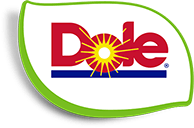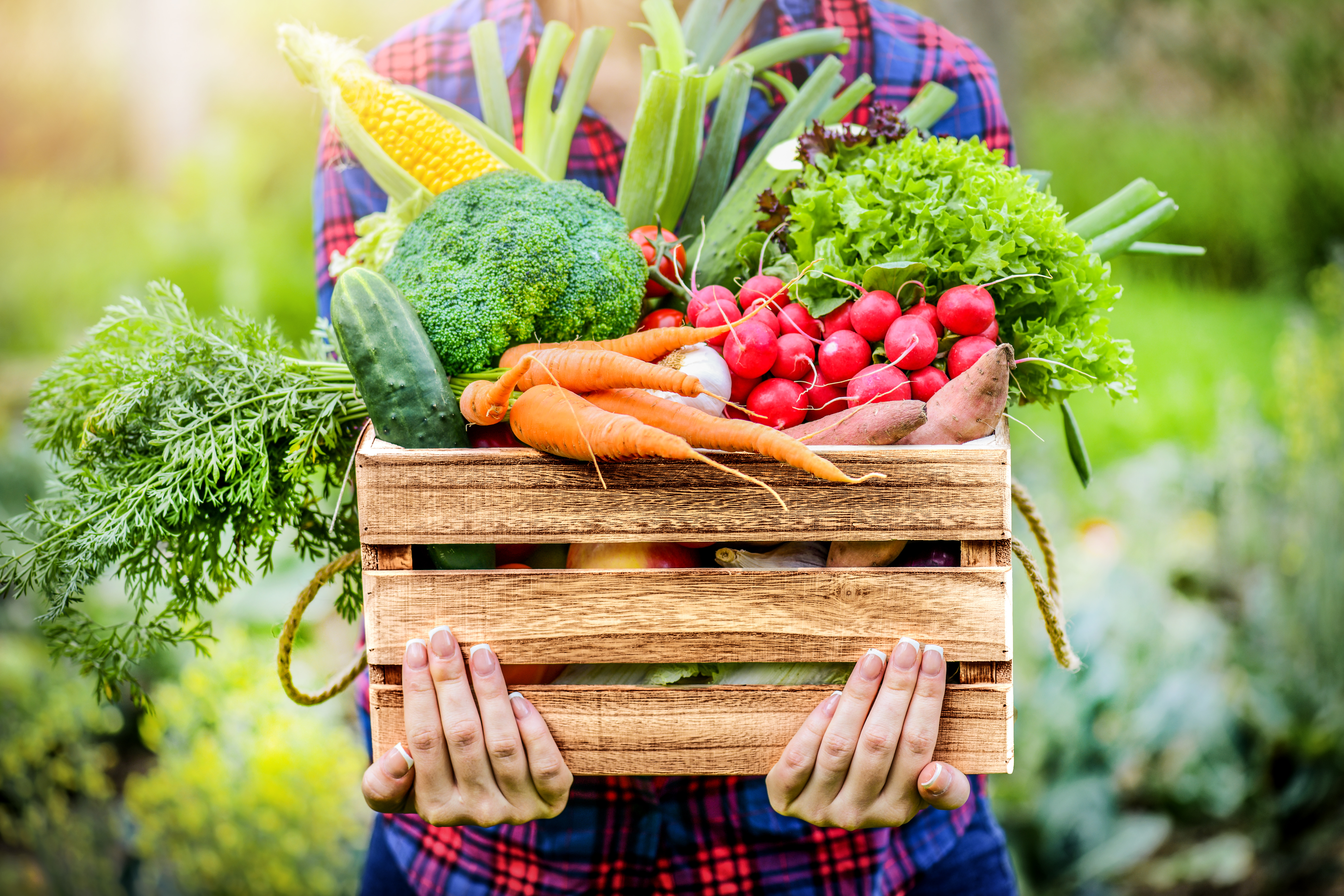There are so many different ways of ranking and categorizing healthy foods, it’s no wonder people get confused. Some have applied the label to foods that are extremely high in one single nutrient.
While it’s interesting and even useful to know that, for example, 1 oz.of Brazil nuts supply 780% of selenium, or that clams supply 2,800% of vitamin B12 (per 6 oz.serving); what about the all-around players that most consistently make it into the “top sources” list of the roughly 45+ vitamins, minerals, and phytochemicals your body needs? We set out to come up with a list of “healthiest foods” as defined not by those foods which represent the best source of ONE particular nutrient, but by those foods most frequently pop up as a top source of ALL the nutrients for which data has been gathered. We referred to the Dole Nutrition Handbook, which includes “top sources” boxes for nutrients A-Z. We created a list of all the foods that appear in the boxes, then tallied up how many TIMES they appear in the boxes. The 10 foods* that appear most frequently as a top source are:
#1: Spinach — a top source of 13 different nutrients, including 540% of vitamin K and 170% of beta-carotene, a precursor to vitamin A.
#2: Salmon — a top source of 10 different nutrients, including 0.64 g omega-3 fatty acids and 110% selenium.
#3: Soybeans — a top source of 9 different nutrients, including choline and 50% iron.
#4: Navy beans — a top source of 8 different nutrients, including 76% daily fiber and 60% daily folate.
#5: Blueberries — a good source of 7 different nutrients.
#6: Broccoli — a top source of 7 different nutrients, including 80% vitamin C, plus glucosinolates.
#7: Brussels Sprouts — a top source of 7 different nutrients, including 140% vitamin K and glucosinolates.
#8: Kale — a top source of 7 different nutrients, including 610% vitamin K and 210% beta-carotene.
#9: Raspberries — a great source of 7 different nutrients, including 40% manganese and 32% fiber.
#10: Tuna — a top source of 7 different nutrients, including 100% niacin and 90% vitamin B6.
This list comprises a handy “cheat sheet” of foods that should be in your fridge and pantry on an ongoing basis.
*Unfortified sources ranked.Serving sizes for fruit and vegetables are 1 cup raw, 1/2 cup cooked. For beans: 1 cup, cooked. For leafy greens: 3 cups, raw.For fish: 6 oz., cooked. For nuts: 1 oz.



